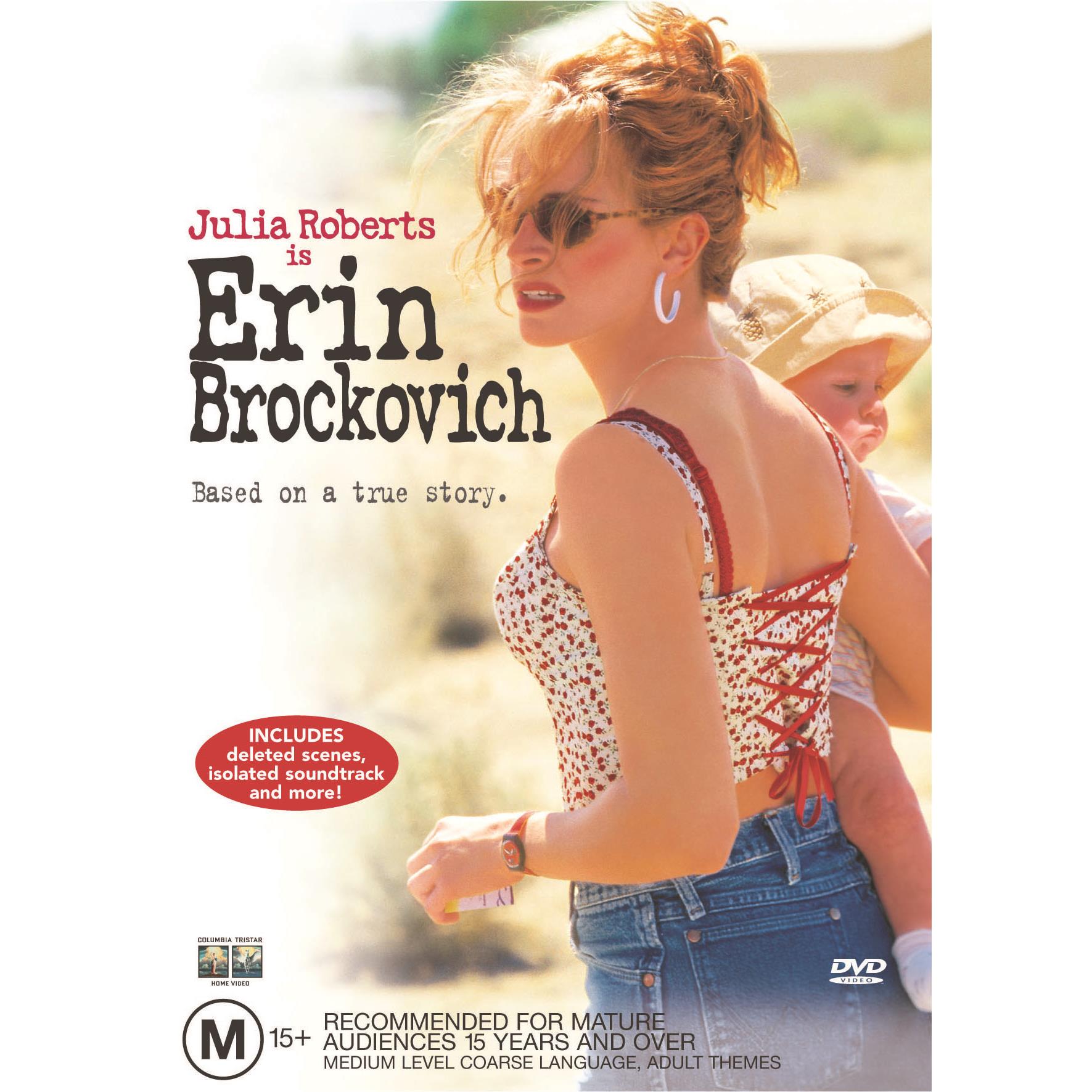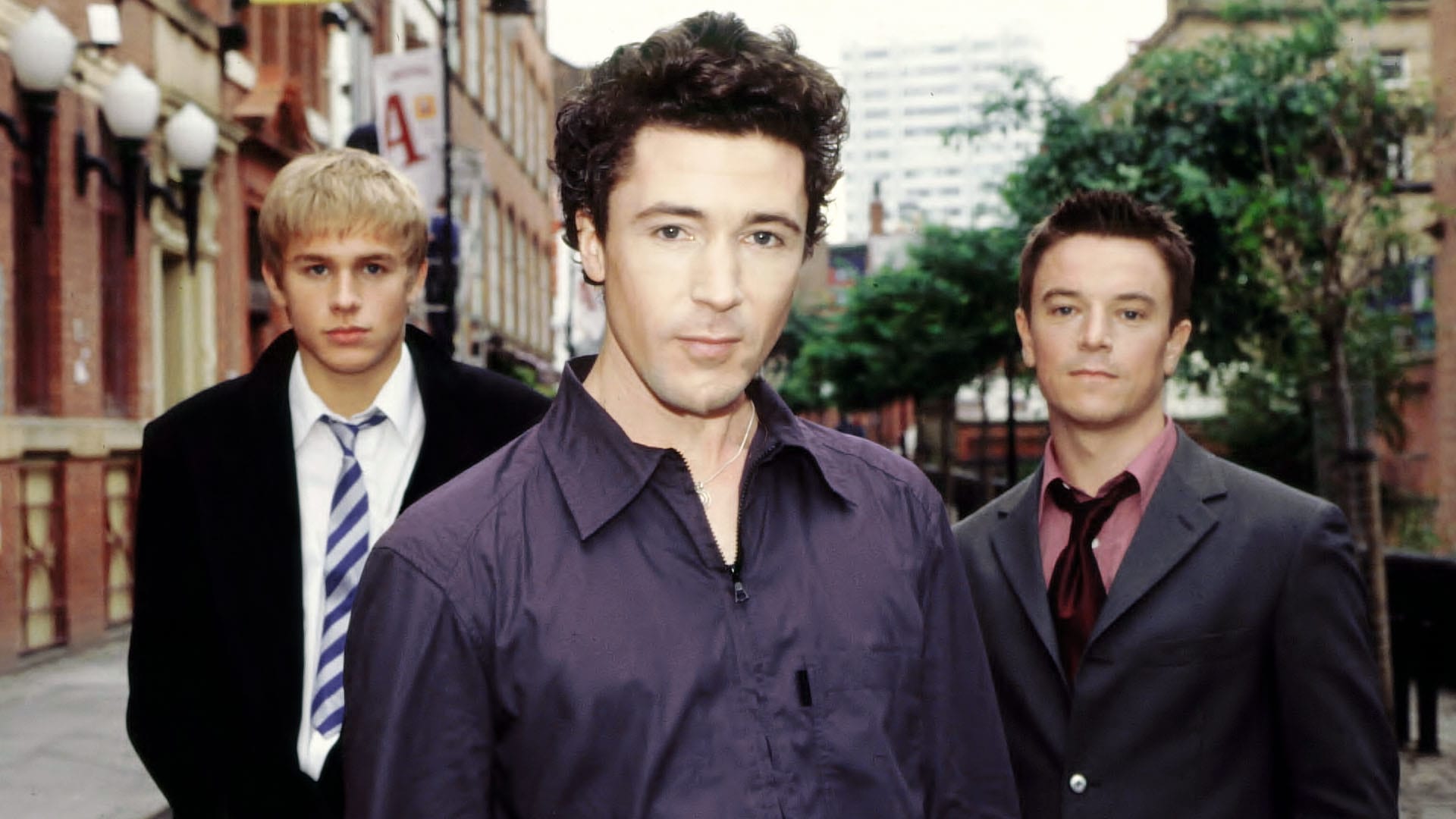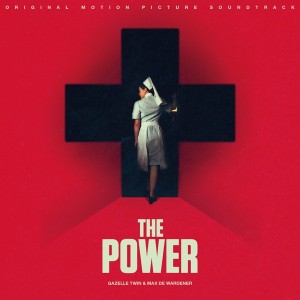

Combined with the idea of Free Love and gay liberation, the women’s movement spawned an entire women’s music movement that aligned with the confessional folk music of the era but were separate in their separatism – that is, they wrote songs explicitly for and about women, and many of them were lesbian in nature.Ĭris Williamson, Holly Near, Maxine Feldman, and Phranc are just a few notable singer-songwriters who performed for their community inside churches, coffee houses, gay bars, and at all-women music festivals, where activism and community were as much of a focus as the music itself. Singer-songwriters like Joan Baez, Janis Ian, and Joan Armatrading were central to the late 60s/early 70s, singing the stories of their lives to women and reveling in the opportunity to hear their experiences reflected back at such a crucial time. Though she wasn’t out at the time, the late lesbian singer Lesley Gorehad one of the biggest pop hits of the 1960s with the Grammy-nominated “It’s My Party,” followed by “You Don’t Own Me,” while bisexual singer Dusty Springfield had several hits with “Wishin’ and Hopin’,” “I Just Don’t Know What to Do with Myself,” “You Don’t Have to Say You Love Me,” and “Son of a Preacher Man.” These early songs tinged with feminist leanings of independence and self-reliance were timely as second-wave feminism created opportunities for women to use their voices to change the world.

Women were still largely relegated to pop singing when it came to mainstream success.

Major cities like New York, Los Angeles, and San Francisco were home to places like Madame Spivey’s and Mona’s Club 440, lesbian-focused establishments where queer artists like Liberace and Gladys Bentley would play among other established LGBTQ artists. On the underground lounge circuit, singer and pianist Frances Faye was performing tongue-in-cheek, sapphic flirtations laced with double-entendres in her comical numbers. This era of McCarthyism and “the lavender scare,” as it was called, subsequently led to the earliest grassroots newsletters and LGBTQ rights groups. Gender policing and segregation worsened after the Second World War, and so the “act” of homosexuality was one that queer and gender-nonconforming women musicians navigated carefully from the late 40s and well into the 50s and 60s.

Thornton went on to tour with Janis Joplin, where she was the singer’s opening act. Thornton’s “Hound Dog” was later popularized by Elvis Presley.
#Air queer as folk soundtrack how to
A same-sex love song or dress in drag could be seen as a playful nod by comparison, but LGBTQ people learned how to spot one another in all avenues.īlack and biracial women toured the vaudeville and chitlin circuits where they played to other people of color and open-minded others from the 1920s into the 1940s, inspiring other musicians like Big Mama Thornton, who was often billed as “Bessie Smith’s Younger Sister,” paying homage to her predecessor. Holiday claimed Bessie Smith as one of her biggest influences, though she was never so explicit about her queerness in her act. stands for “bull dagger,” a nod to masculine-of-center or butch women like Bentley in her top hat and trousers.īillie Holiday, perhaps one of the most well-known jazz singers in American history, was also said to have a relationship with actress Talullah Bankhead, though, even with the freeing underground nature of the prohibition era, most queer people did not identify as such in public as much as they did on a stage. Artists like Harlem Renaissance star Gladys Bentley, bisexual “Empress of the Blues” Bessie Smith, moaning Ma Rainey, and “dirty blues” singer Lucille Bogan were more overt in their queerness on stage – in the latter’s song, “B.D. Biographers say Sister Tharpe was known to have a relationship with at least one other woman while she toured, with the road making it easier for many women to live more openly without fear of homophobic retribution. Sister Rosetta Tharpehad a self-taught technique she’d practiced since the age of four, playing live with her family before recording for the first time in her 20s in 1939, bringing her spiritual-based rhythm and rock to the radio. Their music, however, lives on as a testament to their perseverance. Sexism, homophobia, racism: The folks included in this brief history have uniformly faced one or more of these obstacles along the way. Queer and transgender people have played a substantial role in every facet of modern music, yet it’s not often lesbian, bi, queer, or trans women are celebrated for their contributions.


 0 kommentar(er)
0 kommentar(er)
